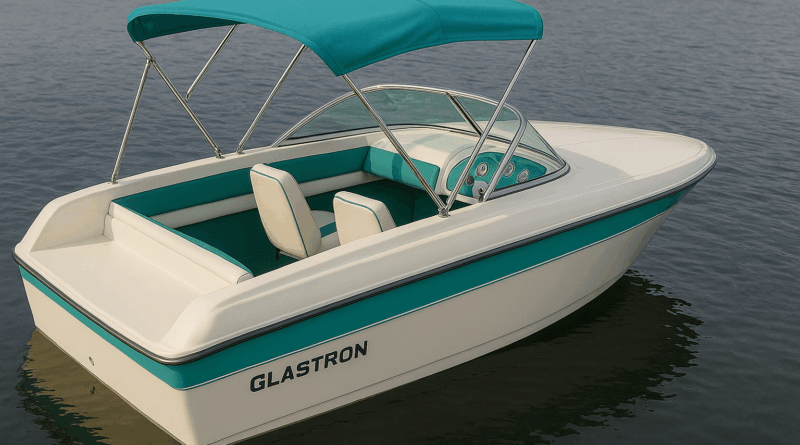Little Electric Boat Motor & Battery Have Plenty Of Range
Support CleanTechnica's work through a Substack subscription or on Stripe.
Wayne the Boat Guy has some entertaining and informative videos; at about the 6:57 mark in this particular video he says he has traveled for about 30 minutes averaging just under 5 knots per hour. If the rate of consumption remained the same he might be able to putter around around slowly for seven hours. His range test shows an older small runabout can be outfitted with a small electric outboard motor and a battery and it will still have plenty of range.
His older Glastron runabout is powered with an ePropulsion Navy 6 Evo electric outboard motor and paired with a Solid State Marine 210 Amp-hour battery.
At 11:38 in the video he says he has about 85% of the battery remaining and his average speed is a little more than it was. So, at that rate, he would have a little less than 7 hours of cruising time. It appears that along with the slight increase in speed the waves might have grown in size just a bit which would be a little extra resistance.
At about the 19:06 mark he says he has traveled over 6 nautical miles and has over 75% charge on the battery.
Most of the time, he says he or he and his wife only go out for a couple of hours. The small electric outboard and battery system easily cover that and more.
The ePropulsion Navy 6 Evo electric outboard motor is equivalent to about 9.9 horsepower, so of course it won’t propel a boat of some heft at a high speed. It was not designed for that use; it is for slow, steady cruising and short trips.
Add another battery and an electric outboard with about 20 horsepower and the speed can be increased as long as it is not going ‘full throttle’ for extended periods.
I didn’t know the weight of a 16 Glastron vintage runabout; a little Googling indicated about 600 to 800 pounds without a motor.
He says the little electric outboard is for slow cruising, which is true, and yet a 10 HP gas outboard would not make the Glastron go extremely fast either.
Another comment was about other boaters who were piloting their gas boats at high speeds. Doing so would consume a lot of gasoline and would be costly. A small electric motor would not be able to achieve such speeds but it would be more energy efficient and use cheaper electricity.
With a little Googling, from what I can tell, a 70 HP outboard motor at full throttle would consume about 7 gallons of gas per hour. At that rate, roaring around at high speed sounds like it could be a very expensive time on the water.
Fossil fuels are also the primary contributor to climate change. What is lost sometimes in these analyses of propulsion details is the fact that there may be millions of gallons of toxic oil spilled in the US waters every year. A one-gallon spill of oil can contaminate a million gallons of water, according to this source. The environmental costs of using gasoline are far more than the cost of using only electricity.
It might also be worth a shot to get some flexible solar panels for the canopy or put them out on the bow area if they can be secured properly and try to generate some electricity from them when at anchor.
Sign up for CleanTechnica's Weekly Substack for Zach and Scott's in-depth analyses and high level summaries, sign up for our daily newsletter, and follow us on Google News!
Have a tip for CleanTechnica? Want to advertise? Want to suggest a guest for our CleanTech Talk podcast? Contact us here.
Sign up for our daily newsletter for 15 new cleantech stories a day. Or sign up for our weekly one on top stories of the week if daily is too frequent.
CleanTechnica's Comment Policy
